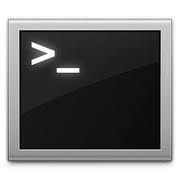Since its initial introduction into the business world in 2005, Google Apps has been available to small business users for free. Even when the premium version was launched in 2007, Google still maintained a free standard version for individuals and small organizations, this was great for small website, they could have their emails managed by the Big G.
But as you can read from the official blog this has come to an end:
For Businesses, instead of two versions, there will be one. Companies of all sizes will sign up for our premium version, Google Apps for Business, which includes 24/7 phone support for any issue, a 25GB inbox, and a 99.9% uptime guarantee with no scheduled downtime. Pricing is still $50 per user, per year.
This is not doable for small websites that have their own domain but don’t need this service for 50$, so a good solution in these cases is to set up on your VPS a postfix server that can forward all the emails to another email.


